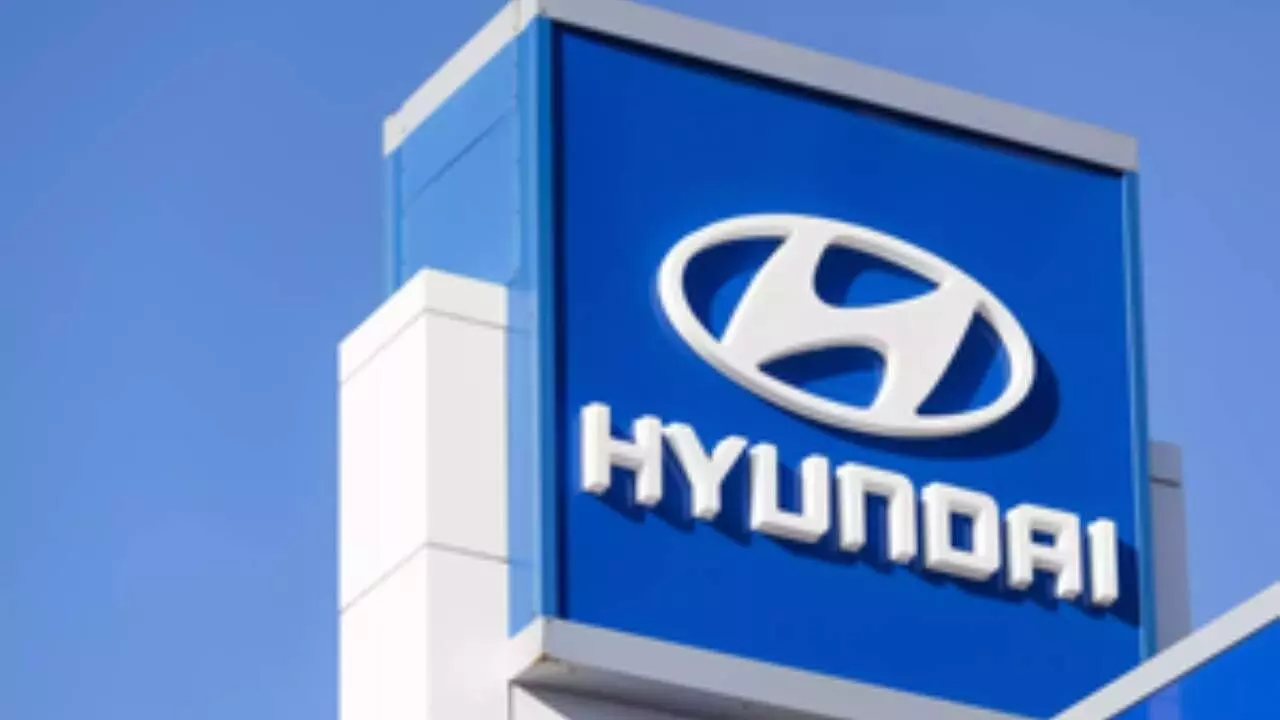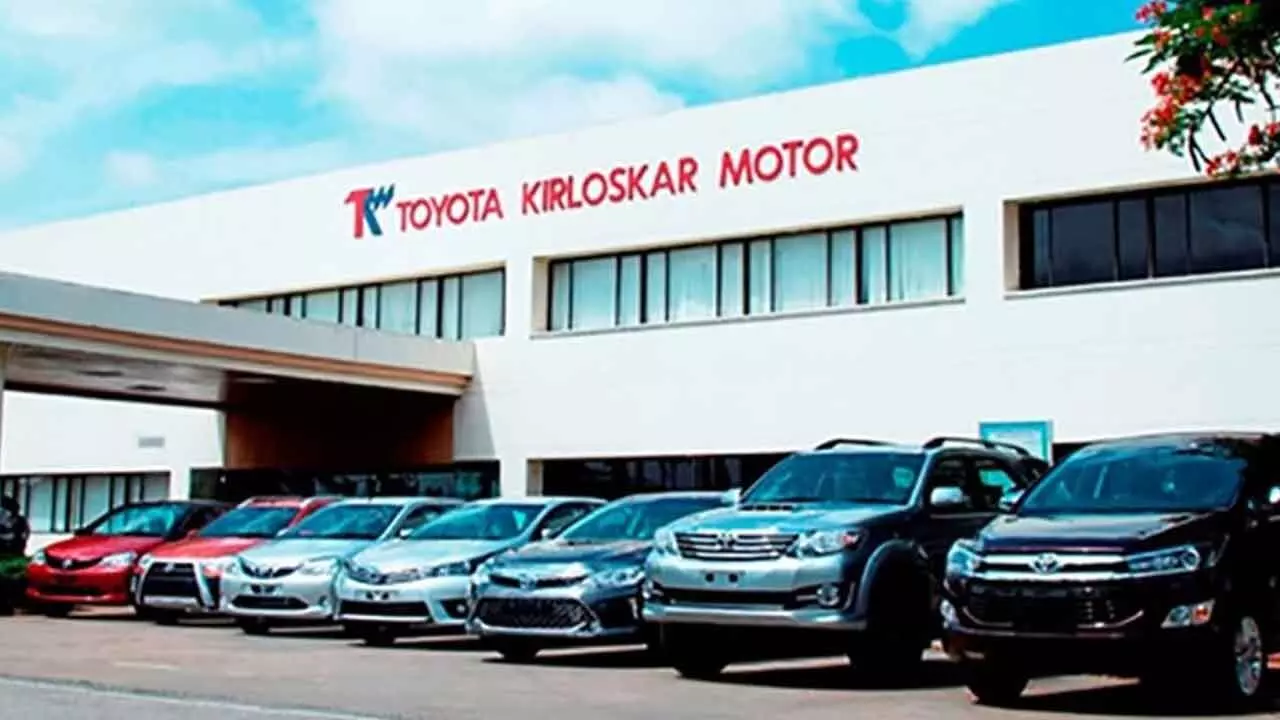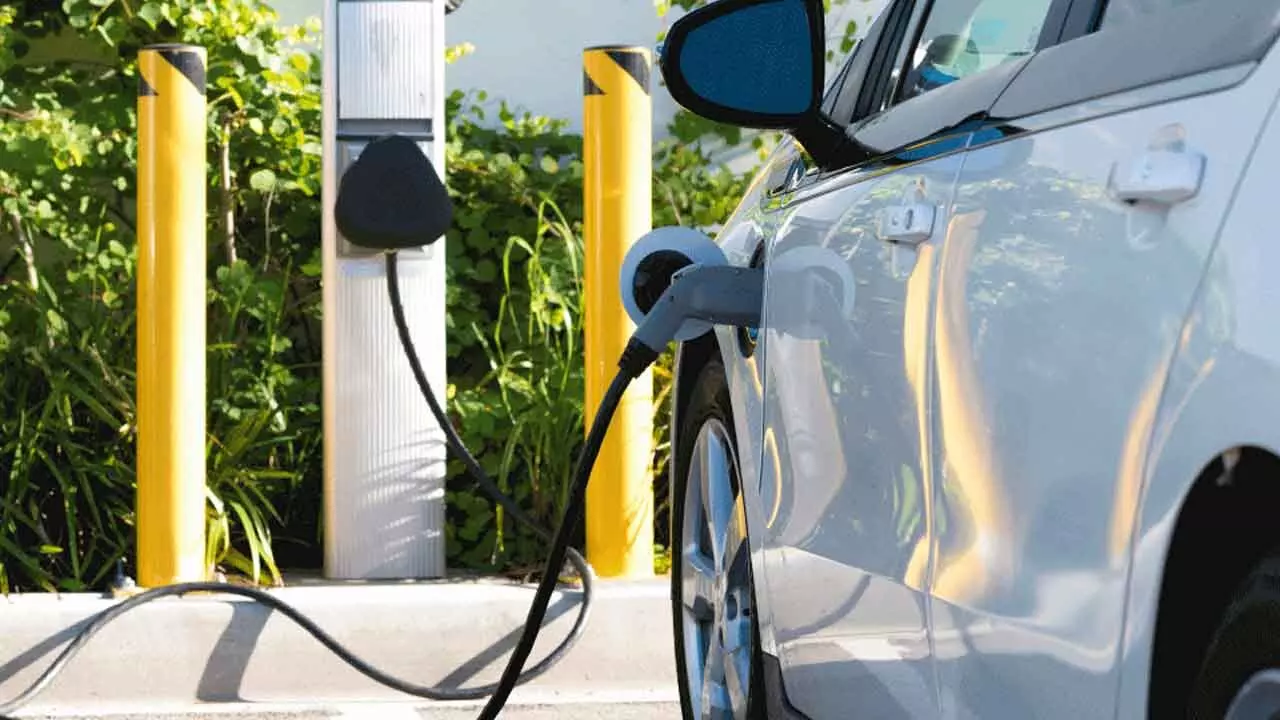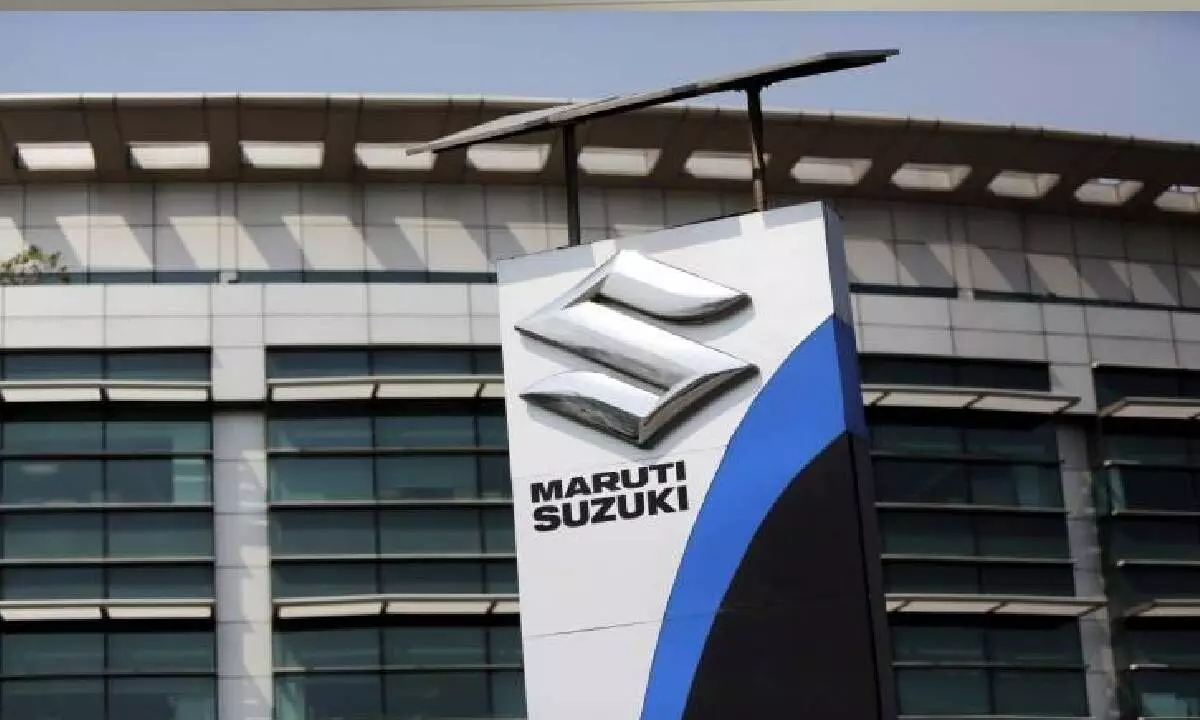The Indian automobile market is gearing up for a wave of new and exciting SUV launches. From advanced engineering marvels to luxurious driving experiences, the upcoming models are set to offer something for everyone. Here’s a detailed look at some of the most anticipated SUVs making their way to India soon.
Nissan X-Trail: A Revolution in Engine Technology
Overview:
i) Launch: August 2024
ii) Configuration: 7-seater
iii) Engine: 1.5-litre three-cylinder turbo-petrol
iv) Power: 163 hp
v) Torque: 300 Nm
vi) Transmission: CVT gearbox, front-wheel drive
The Nissan X-Trail, soon to launch in India, promises to bring groundbreaking technology to the SUV segment. This 4th generation model features the world’s first production Variable Compression Turbo engine, showcasing Nissan’s commitment to innovation. Initially unveiled alongside the Qashqai and Juke in November 2022, the X-Trail is built on the Renault-Nissan CMF-C platform.
Design Highlights:
i) Split LED headlights with a large grille
ii) 20-inch alloy wheels
iii) LED taillights with integrated spoiler and diffuser
The X-Trail’s engine is a marvel of modern engineering. The 1.5-litre turbo-petrol engine, paired with a 12V mild-hybrid system, produces 163 hp and 300 Nm of torque, ensuring a blend of performance and efficiency.
Citroen Basalt: The Stylish Contender
Overview:
i) Position: Fourth model under the C-Cubed program
ii) Engine: 1.2-litre, three-cylinder turbo-petrol
iii) Power: 110 hp
iv) Torque: 190 Nm
v) Transmission: 6-speed manual or 6-speed automatic
The Citroen Basalt Coupe SUV is set to compete directly with the likes of Tata Curvv, Hyundai Creta, and others in the compact SUV segment. Its design draws heavily from its siblings, the C3 and C3 Aircross, featuring a familiar front fascia with distinct grille inserts and a chrome-lined Citroen logo.
Design Highlights:
i) Multi-spoke 17-inch alloy wheels
ii) Prominent squared-off wheel arches
iii) Stubby rear end with clean surfacing
The Basalt’s 1.2-litre turbocharged engine promises a peppy driving experience, complemented by design features like wraparound taillamps, a shark fin antenna, and a dual-tone bumper. Expected to start at around Rs 10 lakh, it aims to offer value without compromising on style.
Mahindra Thar Roxx: The Adventurer’s Dream
Overview:
i) Launch: August 15, 2024
ii) Configuration: 5-door
iii) Engine Options: 2.2-litre diesel (128 hp), 2.0-litre turbo-petrol (150 hp)
iv) Transmission: Manual and automatic, with optional 4×2 and 4×4 configurations
The Mahindra Thar Roxx is a highly anticipated 5-door version of the popular Thar SUV. Known for its rugged and bold design, the Thar Roxx features a six vertically stacked double-slat grille, circular LED projector headlamps, and sleek C-shaped DRLs.
Design Highlights:
i) Dual-tone ORVMs
ii) Diamond-cut alloy wheels
iii) All-LED headlights and taillamps
Inside, the Thar Roxx offers a larger 10.25-inch touchscreen infotainment system with wireless Apple CarPlay/Android Auto, a digital instrument cluster, automatic climate control, and wireless charging. This blend of rugged capability and modern technology is set to make it a hit among adventure enthusiasts.
Mercedes-Benz CLE Cabriolet: Luxury Unveiled
Overview:
i) Platform: Mercedes’ Modular Rear Architecture (MRA)
ii) Seating Layout: 2+2
iii) Infotainment: 11.9-inch portrait-style display, 12.3-inch digital instrument cluster
The Mercedes-Benz CLE Cabriolet, which debuted globally in July 2023, is all set to grace the Indian market. This convertible combines the elegance of the E-Class coupe with the sporty flair of a cabriolet, making it a symbol of luxury and performance.
Design Highlights:
i) Large grille with a shark-nose effect
ii) Long bonnet
iii) Distinctive 2+2 seating layout
Mercedes offers the CLE with various engine options globally, including 2.0-litre four-cylinder and 3.0-litre six-cylinder petrol engines, as well as a 2.0-litre turbo diesel. However, the specific configurations for the Indian market are yet to be confirmed.
Mercedes-AMG GLC 43 4Matic: Performance Redefined
Overview:
i) Engine: 2.0-litre four-cylinder turbocharged petrol with mild-hybrid system
ii) Power: 416 hp
iii) Torque: 500 Nm
iv) Transmission: 9-speed automatic
The Mercedes-AMG GLC 43 4Matic, unveiled globally in September 2023, epitomises sporty elegance. This coupe features an AMG-specific radiator grille, sporty aprons, and quad exhaust tips, enhancing its aggressive stance.
Design Highlights:
i) Nappa leather interior
ii) AMG-spec steering wheel and bucket seats
iii) AMG Track Pace software for performance tracking
With a 0-100 kph sprint time of 4.7 seconds and a top speed of 250 kph, the GLC 43 is designed for those who crave speed and luxury. The inclusion of a mild-hybrid system ensures that performance does not come at the cost of efficiency.
Lamborghini Urus SE: The Ultimate Hybrid SUV
Overview:
i) Engine: 4.0-litre twin-turbo V8 with plug-in hybrid system
ii) Power: 800 hp
iii) Torque: 950 Nm
iv) Electric Range: Up to 60 km
v) Top Speed: 312 kph
The Lamborghini Urus SE is a testament to the future of performance SUVs, combining breathtaking speed with hybrid efficiency. This model features extensive interior and exterior updates, including a redesigned bonnet, a new LED signature, and a larger 12.3-inch central touchscreen.
Design Highlights:
i) 21-, 22-, or 23-inch wheels with Pirelli P Zero tyres
ii) New dashboard panels and AC vents
iii) Latest Lambo software for infotainment
With the ability to sprint from 0 to 100 kph in just 3.4 seconds, the Urus SE is not just about power but also about cutting-edge technology and sustainable driving.
These upcoming SUVs are set to redefine their respective segments in the Indian market. From the technologically advanced Nissan X-Trail to the luxurious Mercedes-Benz CLE Cabriolet and the hybrid powerhouse Lamborghini Urus SE, there’s a lot to look forward to. Whether you’re an adventure enthusiast, a luxury seeker, or a tech lover, these models promise to offer something special for everyone.








